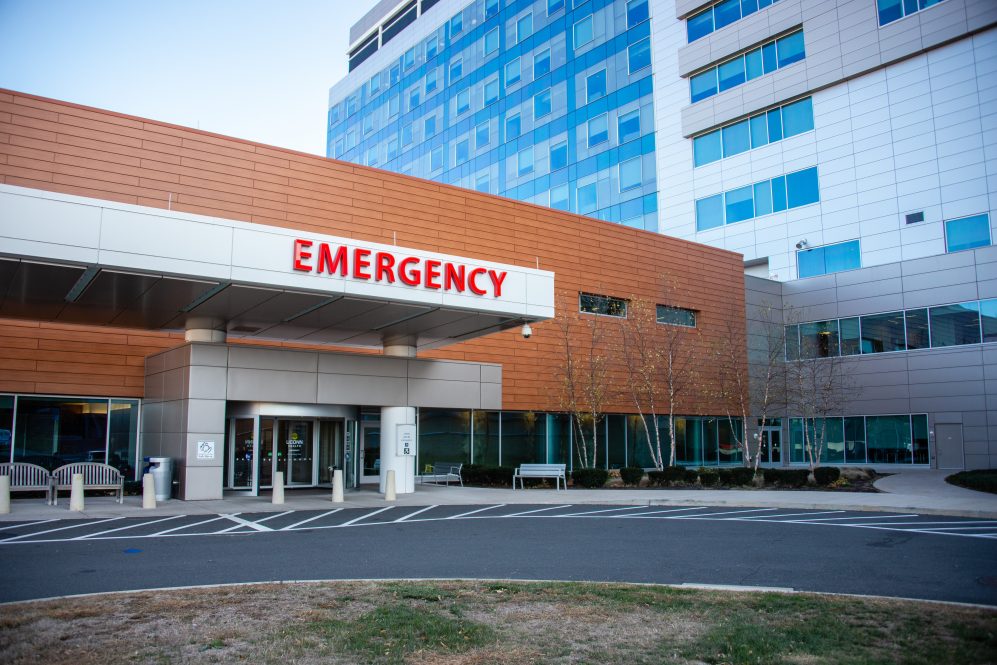Between 2011 and 2020, an increase of nearly 19%

(Tina Encarnacion/UConn Health photo)
The number of emergency visits to hospitals in the US for suicide attempts increased markedly between 2011 and 2020, a University of Connecticut researcher reports in the June 4 issue of the American Journal of Psychiatry. The rise emphasizes the country's enormous unmet need for mental health services.
The number of lives lost to suicide in the US has climbed alarmingly over the past decade, with close to a half-million between 2011 and 2022, according to the federal Centers for Disease Control and Prevention (CDC). Suicide rates have risen by 35% since 2000. The rate of self-harm has risen too, even in age groups not previously considered at risk, such as children.
Out of all visits to the emergency department in 2011, only 0.6% involved self-harm. That number had risen to 2.1% of all emergency department visits by 2020, according to data from the National Hospital Ambulatory Medical Care Survey, a yearly sampling of hospitals across the nation by the CDC. The data was analyzed by UConn School of Medicine psychiatric epidemiologist Greg Rhee and colleagues from the Mayo Clinic, Columbia University, Yale University School of Medicine, and the Veterans Administration Connecticut Healthcare System. The figures per 100,000 people increased from 261 per 100,000 in 2011 to 871 in 2020.
"When we translate the data to percent change, it is an 18.8% increase, which is huge," Rhee says. Their most striking increase was in self-harm visits for adults over 65, which went up by 30% annually. But every age group saw double digits annual increases, including children ages 5 to 11.
The increase in suicide and suicide attempts has already been noticed by the US government, which introduced a new crisis phone number two years ago, 988, at which people can access crisis counseling and get referrals to further resources. But other recent analyses by Rhee and his colleagues have shown that there are still high barriers to mental health care.
"Intentional self-harm is preventable. We can potentially reduce suicide or suicide-related events. There are multiple ways. A lot of individuals undergoing mental distress could be taken care of so that they don't harm themselves," Rhee says.






